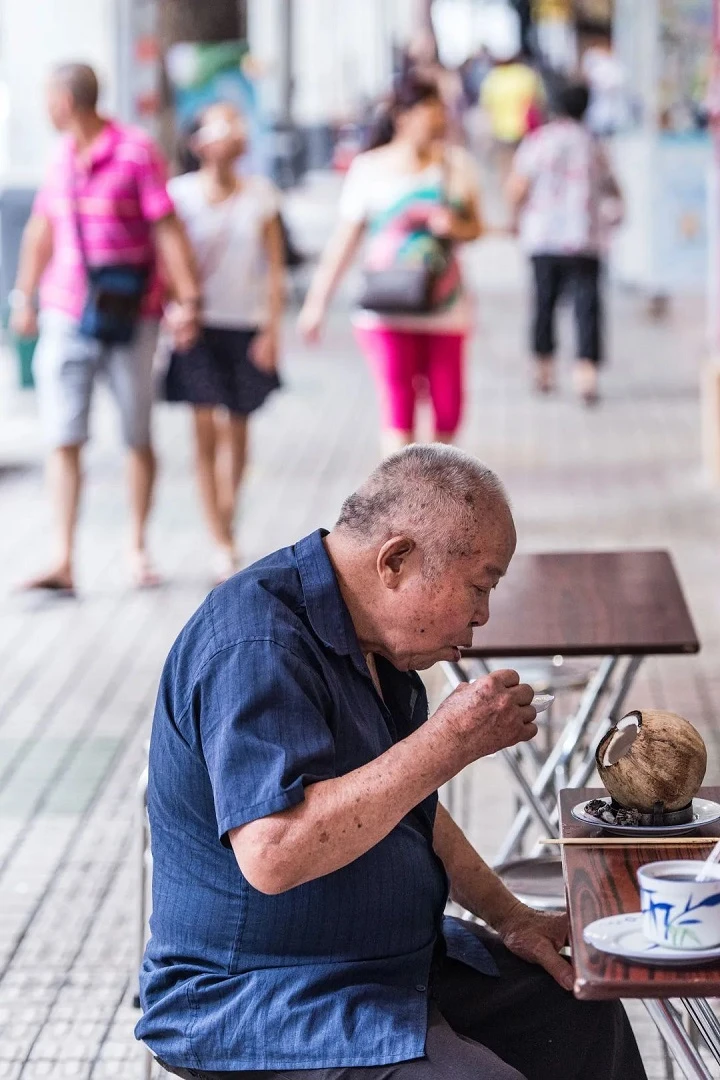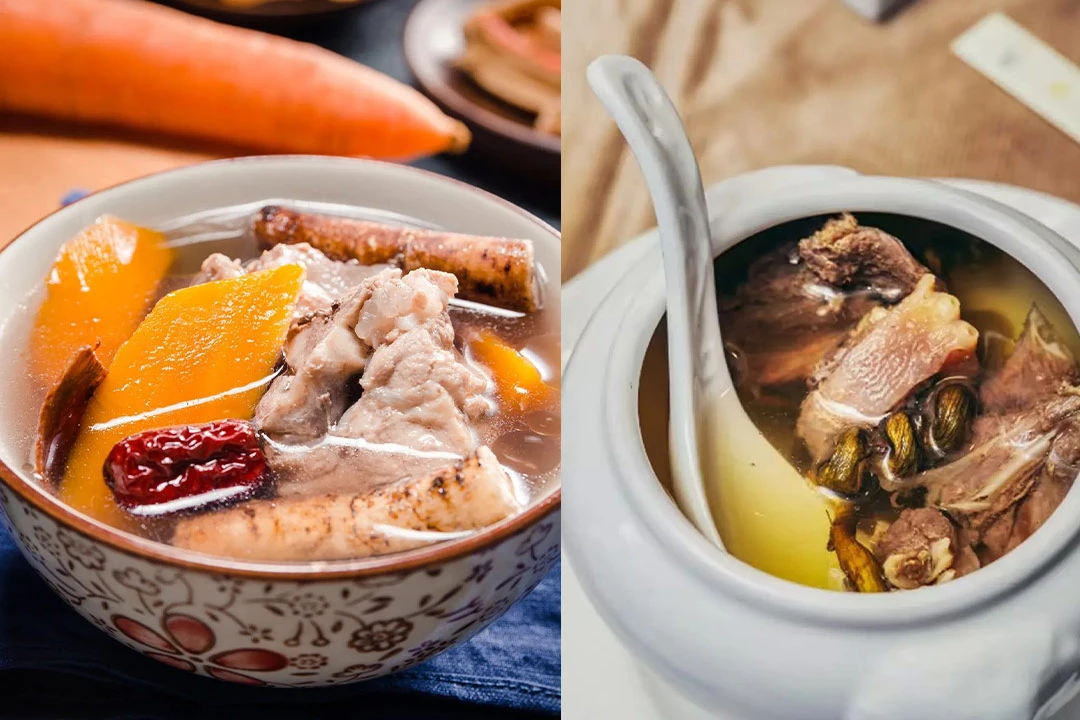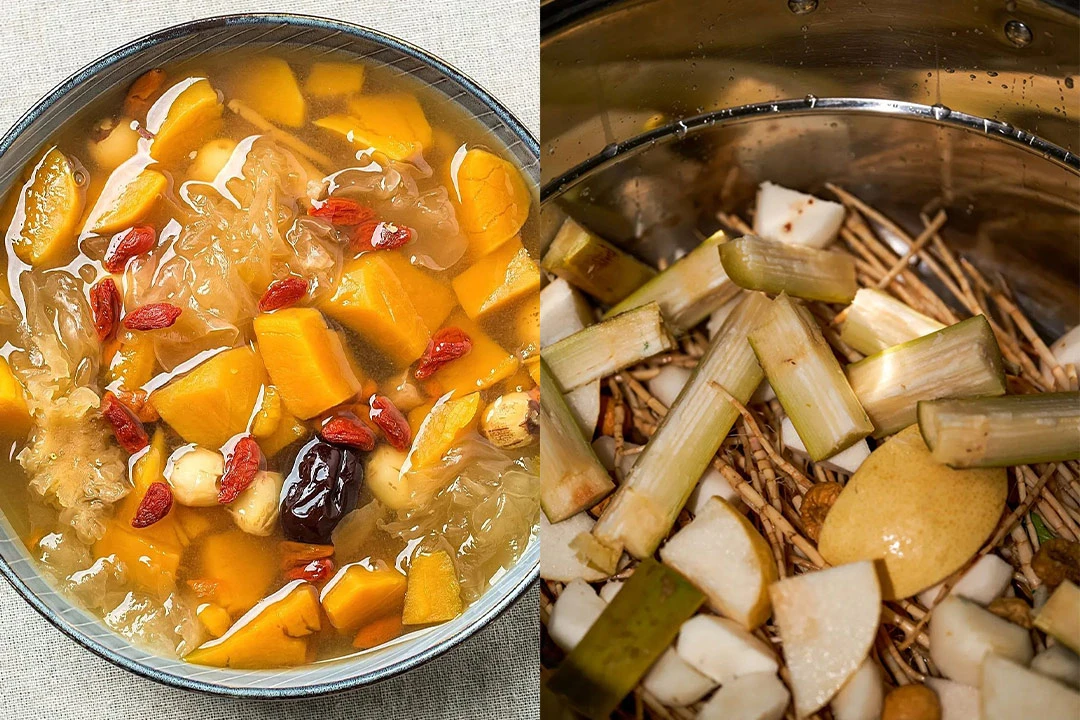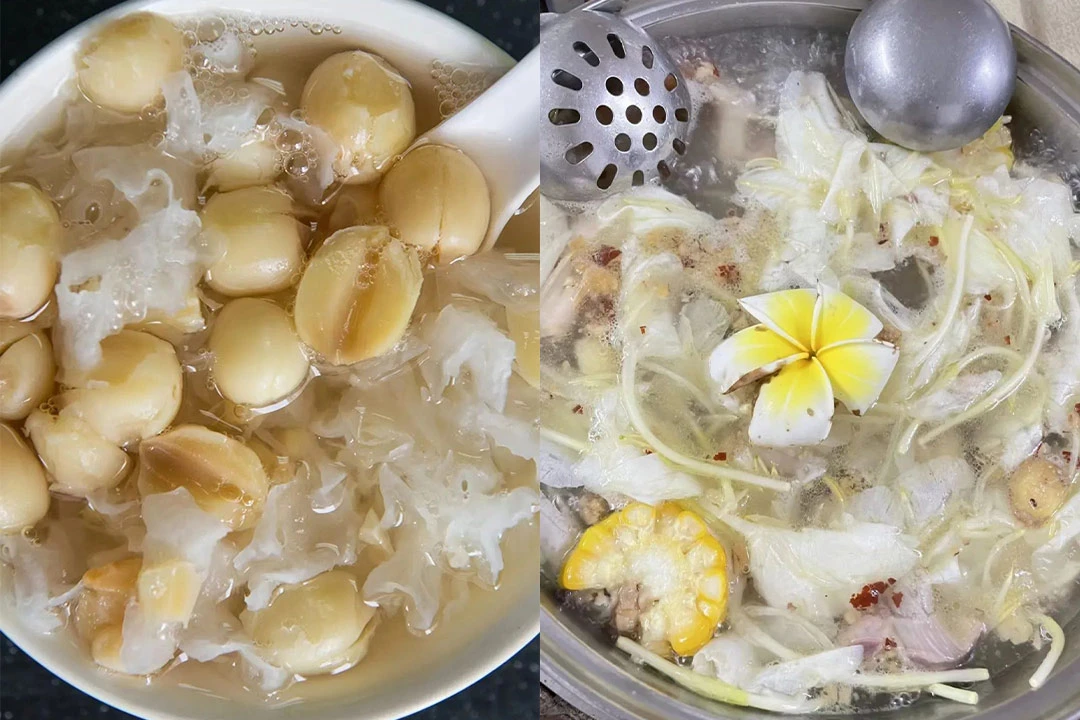The Unseen Enemy: Summer Dampness
This summer, the weather in China has been characterized by one word: humid. With extreme temperatures and heavy rains taking turns, the entire country feels like it's trapped in a giant steamer. Even the northeastern regions, traditionally cool summer retreats, have not escaped the invasion of humidity. The unprecedented muggy weather has drawn national attention to a place known for its expertise in fighting dampness—Guangdong.
There's a joke that circulates widely: when you tell a friend you're feeling down, most people will suggest that you take a break and relax. But if you tell a friend from Guangdong, they're more likely to say you have too much moisture in your body and might even prepare a medicinal soup to help you out.
Indeed, the long, hot summers and the humid, rainy climate of Guangdong have fostered a unique understanding of the concepts of "dampness" and "heat." Feeling low is blamed on dampness, a sore throat on heat, and indigestion on a mix of both. For Guangdong locals, any physical or mental discomfort can usually be traced back to dampness, heat, or a combination of the two. Luckily, Guangdong's culinary culture is rich with delicious "weapons" to combat these conditions, including sweet soups, nourishing broths, and bitter herbal teas. These three remedies make up the essential summer "life water" for people in Guangdong.

Sweet Soups: The Gateway to Dampness Relief
In Guangdong, "damp-heat" is the mysterious force behind a wide range of symptoms: waking up feeling lethargic, digestive issues, mood swings, low productivity, oily skin, and even acne. The solution to these problems often starts with a simple yet effective remedy: sweet soups infused with ingredients known to dispel dampness.
One of the most common and beloved options during the sweltering summer months is Chenpi kelp and mung bean soup. This classic recipe starts with washing the ingredients in clean water. Mung beans and finely shredded Chenpi (dried tangerine peel) are then simmered together, allowing the fragrance of the Chenpi to fully develop. Once the beans start to soften, kelp and a touch of rock sugar are added. The beans burst open in the boiling water, turning the liquid into a thick, porridge-like consistency. When served warm, the refreshing taste of mung beans, the subtle aroma of Chenpi, and the mild sweetness of kelp combine perfectly, soothing both the palate and the stomach.
Although chilled sweet soups are undeniably refreshing, it's the warm ones that truly embody Guangdong's approach to battling dampness, offering comfort and nourishment in every sip.
Old Fire Soup: The Core of Dampness Dispelling
In Guangdong, the saying goes, "Better to have no food than no soup at a meal." Soup is an essential part of daily life, and the most cherished variety is "Old Fire Soup" (Laohu Tang), which is made by simmering ingredients for several hours. This long cooking time not only produces a rich, flavorful broth but also allows the medicinal herbs added to the soup to fully release their properties.
Guangdong's abundant medicinal herb resources, including local specialties like Ba Wang Hua (Night-Blooming Cereus), Chicken Bone Grass, and Guangdong Chenpi, have long been integrated into the region's culinary practices. Functional soups that combine meat and medicinal herbs are common in many households, with each family having its own special recipe.
Despite the wide availability of herbs, true Guangdong soup masters are careful not to overdo it. They often focus on one or two key ingredients, experimenting until they find the perfect combination. Just as with sweet soups, the ingredients used in dampness-relieving soups are flexible, allowing for endless creativity.
One standout example is the yam and poria pigeon soup. The presence of yam and poria clearly identifies this as a dampness-relieving soup. The light broth features pigeon meat as the only protein, its flavor subtly enhanced by the medicinal notes of poria and the smooth texture of yam. The result is a nourishing, yet light, soup that's easy to enjoy even in the heat of summer.
Another popular ingredient is Five-fingered Hair Peach (Wu Zhi Mao Tao). Despite its name, it has nothing to do with peaches; instead, it gets its name from its five-fingered leaves and fuzzy, peach-like fruit. This ingredient is loved for its faint coconut fragrance when stewed, making it a versatile addition to chicken, pork bones, or pork knuckles.
Herbal Teas: The Guardians of Health
Living in a hot, humid environment has led Guangdong residents to develop a deep appreciation for all things "cool." Candied fruits, known as "cool fruits," are popular snacks, while bitter melon, a staple in both stir-fries and soups, is affectionately called "cool melon." Following this logic, herbal teas, which are renowned for their cooling properties, are naturally referred to as "cool tea" , even though they are neither cool nor made from tea leaves.
Herbal tea is Guangdong's most loyal and versatile health guardian. Drinking it is like attending a comprehensive health class. In Guangdong, herbal tea shops are a common sight. These shops are usually small, with a few wooden and marble tables, and walls lined with traditional hot water kettles. Upon entering, customers can describe their symptoms or even show the shop owner their tongue, and the owner will quickly recommend a suitable herbal tea. Once the tea is selected, it is poured from a kettle and served piping hot in a porcelain bowl, often accompanied by a couple of Chenpi tablets.
The variety of herbal teas in Guangdong is staggering, with each shop offering its own unique recipes. However, certain ingredients, such as chrysanthemum, honeysuckle, plumeria, locust flower, and cotton tree flower, are commonly used. For instance, a combination of two flowers, like chrysanthemum and honeysuckle, with added hawthorn and honey, creates a refreshing, sweet drink. On the other hand, a mix of all five flowers with monk fruit results in a slightly bitter, cooling tea that's perfect for relieving dampness.



